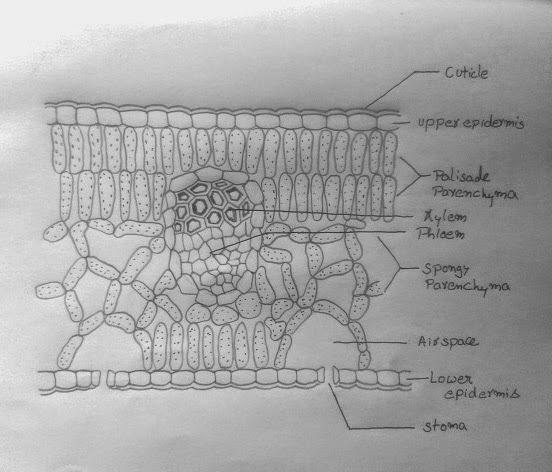Female reproductive system has muscular
elastic bag like structure called Uterus and pair of ovaries attached
to it on either sides.
Uterus opens into vagina through narrow cervical canal.Two tube like structures emerge out of uterus on either sides. These are called oviducts.We can start with basic shape of Uterus, later we go for oviducts and vagina. Let`s start the diagram.
Uterus opens into vagina through narrow cervical canal.Two tube like structures emerge out of uterus on either sides. These are called oviducts.We can start with basic shape of Uterus, later we go for oviducts and vagina. Let`s start the diagram.
Step 1:
Draw a inverted triangle as shown.
Step 2:
Draw out line of uterus around the triangle as shown.
Step 3:
Erase the inner triangle as shown.
Step 4:
Draw a smaller triangle in the middle.
Step 5:
Complete the inner structure of uterus by following
the triangular shape as shown.
Step 6:
Define the tip of uterus as shown to represent cervix.
Step 7:
Draw two tubes out of uterus on either sides as shown.
Step 8:
Continue the curved line of uterus along the oviducts
as shown.
Draw the vagina from the outer surface of cervix as shown.
Step 9:
Complete the inner lining of vagina with folded pattern

Step 10:
Label the parts neatly as shown.The diagram is complete.
Read more about Human female reproductive system Click here.




















































